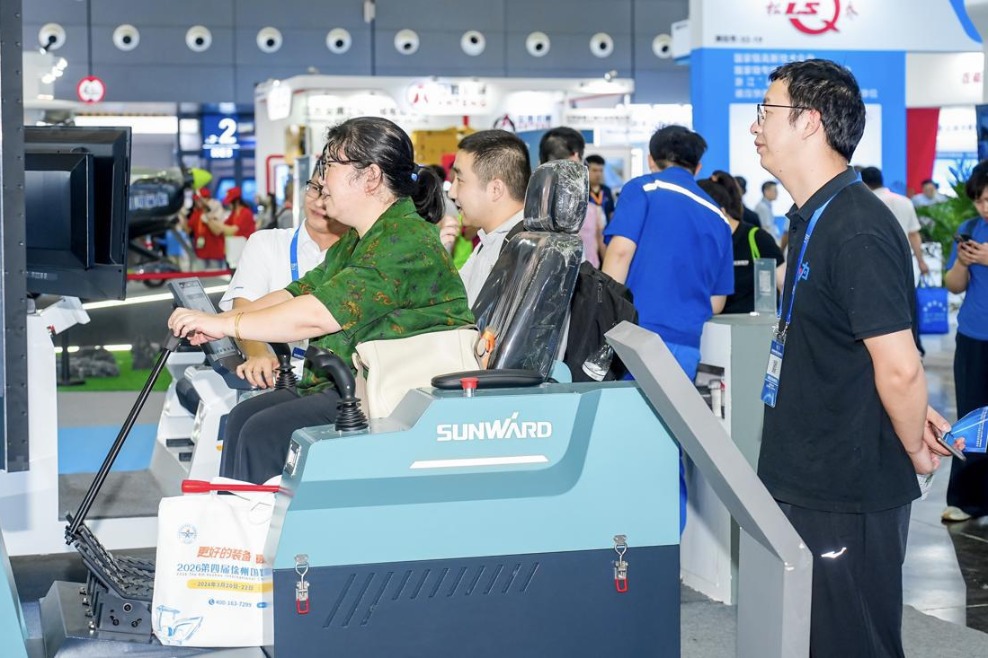Wall Street tumbles; NYSE to close its trading floor


NEW YORK - Wall Street sank in another volatile session on Wednesday with the Dow falling to a three-year low, while the New York Stock Exchange plans to close its trading floor in lower Manhattan and move to all-electronic trading beginning Monday after two people tested positive for COVID-19.
The Dow Jones Industrial Average decreased 1,338.46 points, or 6.30 percent, to 19,898.92, marking its first close below 20,000 since February 2017. The 30-stock index cratered more than 2,300 points at session lows.
The S&P 500 fell more than 5 percent to close at 2,398.10, its lowest level since December 2018. The broad index closed nearly 30 percent below a record set last month. The Nasdaq Composite Index pulled back 344.94 points, or 4.70 percent, to 6,989.84.
The major averages wiped out most of the gains since US President Donald Trump's inauguration.
All the 11 primary S&P 500 sectors ended lower, with energy down 14.28 percent, representing the worst-performing group.
The energy sector was under pressure as worries over weaker demand coupled with price - war fears continued to weigh on the oil market.
On Wednesday, the West Texas Intermediate for April delivery decreased 24.4 percent to settle at $20.37 a barrel on the New York Mercantile Exchange, marking its lowest level since Feb 20, 2002, according to Dow Jones Market Data.
Brent crude for May delivery was down 13.4 percent, to close at $24.88 a barrel on the London ICE Futures Exchange, with prices ending at their lowest since May 2003.
The S&P 500 tumbled 7 percent in the early afternoon, triggering a key circuit breaker that halted trading for 15 minutes. It was the second time this week that the circuit breaker had been tipped and the fourth time since last week.
The Cboe Volatility Index, widely considered as the best fear gauge in the stock market, climbed to 76.45 on Wednesday.
Wednesday's slide came despite increasing policy efforts to counter the virus impact as investors continue to await convincing evidence that the spread of the virus is being brought under control.
"Uncertainty remains over whether current announced measures will prove sufficient or whether additional stimulus will be required. Further signs of virus containment across key developed markets could begin to lay the ground for a more sustained rally in risky assets," UBS Global Wealth Management's Chief Investment Officer Mark Haefele said in a note Wednesday.
Meanwhile, the New York Stock Exchange (NYSE) said Wednesday it will temporarily close its trading floors and move to fully electronic trading due to the coronavirus outbreak.
All-electronic trading will begin on March 23 at the open, the exchange said in a statement, adding the decision to temporarily close the trading floors represents a precautionary step to protect the health and well-being of employees and the floor community in response to COVID-19.
The closure was in part as a result of positive coronavirus tests of two people, CNBC reported Wednesday, citing Cunningham.
The US Senate on Wednesday passed a House bill to expand paid sick leave, enhance unemployment insurance, and ensure free testing in response to the COVID-19 outbreak.
The House bill, which was passed early Saturday, includes measures to make sure that businesses with fewer than 500 employees offer two weeks of paid sick leave to their workers, enhance unemployment insurance, boost funding for food assistance programs, as well as ensure free testing.
At a White House news briefing Tuesday, US Treasury Secretary Steven Mnuchin said he is working with lawmakers on a "significant" economic stimulus plan, which includes support measures for small businesses, airlines and hotels, as well as potential cash payments for working Americans.
The Trump administration had proposed a total aid package of $850 billion, but discussions later included spending as much as $1.2 trillion, Bloomberg reported earlier, citing people familiar with the matter.
Trump said on Monday the US economy "may be" heading toward a recession and that the COVID-19 outbreak could last for months.
The number of COVID-19 cases in the United States had topped 7,000 by 1 pm local time Wednesday (1700 GMT), according to the Center for Systems Science and Engineering at Johns Hopkins University.




































